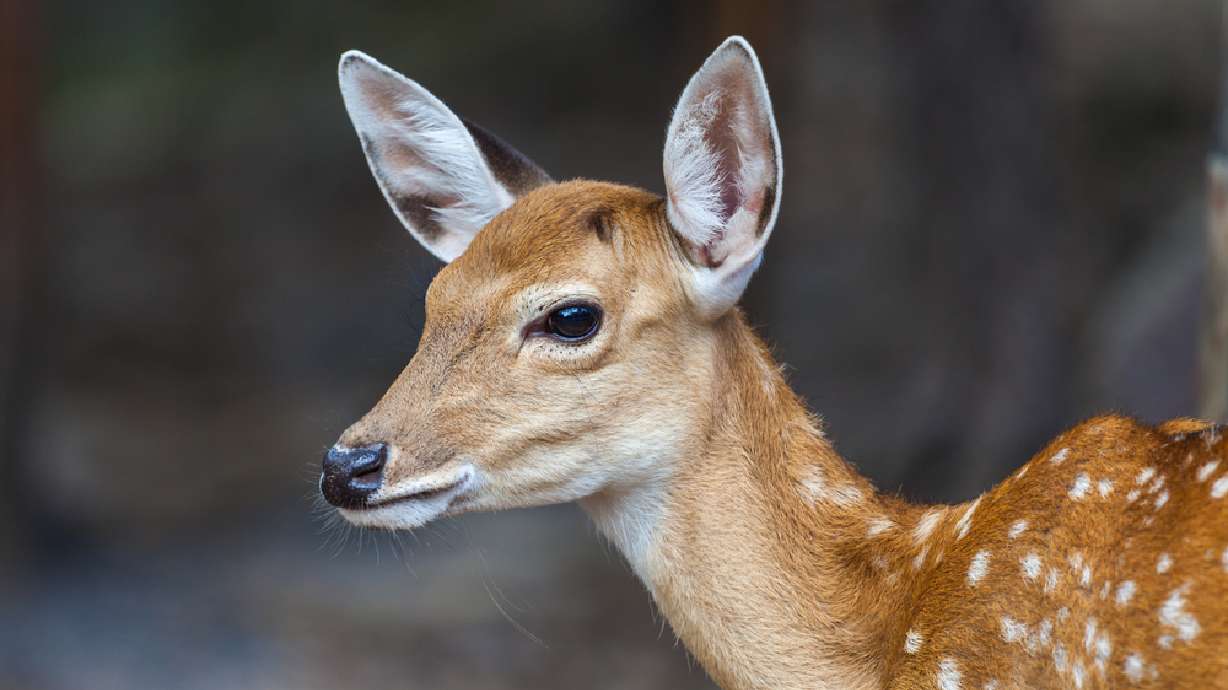Estimated read time: 4-5 minutes
This archived news story is available only for your personal, non-commercial use. Information in the story may be outdated or superseded by additional information. Reading or replaying the story in its archived form does not constitute a republication of the story.
SALT LAKE CITY — It’s not unusual to come across baby animals in the spring, but experts recommend not interacting with them except under dire circumstances.
Baby animals are often seen out and about on the ground during spring and early summer. This is usually normal behavior, as they explore the world and begin to grow more independent. Still, on occasion, it might seem like an animal is sick, injured or has been abandoned, and it may be tempting to try to help them on one’s own.

“Most baby animals people come across are not abandoned,” Division of Wildlife Resources assistant wildlife program chief Blair Stringham told KSL.com. “One of the main survival strategies of animals is for the babies to hide while the parents cause a distraction to lead the predator or threat in another direction. Even if you don't see the parents, they are almost always close by and will return to their babies once it is safe again.”
Cornell University College of Veterinary Medicine recommends taking the time to differentiate for a young animal whether its situation is normal or if they need help.
“In almost every situation it is best to leave the baby animals where they are,” Stringham said. “Only in situations when babies are in extreme danger, like being stuck in a storm drain, should humans interfere with wildlife. In these situations, they should contact their nearest DWR office and we can provide additional guidance.”
The Humane Society of the United States identified some scenarios in which an animal might need human intervention in order to survive:
- A dog or cat has had the animal in its mouth.
- The animal is bleeding.
- There’s an obviously broken limb.
- The animal is a featherless bird on the ground.
- It is obviously shivering.
- The animal’s parent has been located dead nearby.
- It has been seen crying and wandering aimlessly all day.
If intervention is necessary and the finder has to transport the animal on their own, Cornell recommends keeping it in a warm pet carrier or box with circulation holes until they are given to a wildlife professional. They also suggest not giving it food or water.

It is important to note that just because an animal has been left alone for a long period of time does not mean it has been abandoned. Some parents visit their young infrequently in order to reduce the attraction of predators, like in the case of rabbits and white-tailed deer. Give it time and do some research into the animal in question and their parenting habits before drawing a conclusion about whether they need help.
“The best thing to do when you find a baby animal is to leave the area immediately so the young and parents can be reunited,” Stringham said. “The longer young and parents are separated, the more likely it is for something bad to happen (discovered by a predator, injuries, etc).”

Birds are a bit different from other kinds of wildlife, according to a news release by the Division of Wildlife Resources. For one, their parents tend to not be bothered by human contact. If a baby bird with no feathers is seen on the ground, seek to either put it back in its nest or onto a branch, where its parent will find it. If the bird has feathers it is known as a “fledgeling” and is likely in the natural phase in which it hops around on the ground and prepares to take its first flight. At this point, it should be left alone.
The Division of Wildlife Resources also recommends not feeding or taking home any animals, even if it seems necessary. They urge Utahns to contact a wildlife professional for help if it is needed.
“People love to see baby animals and Utah has lots of them this time of year,” Stringham said. “Please enjoy them from a safe distance and avoid disturbing them if at all possible.”









